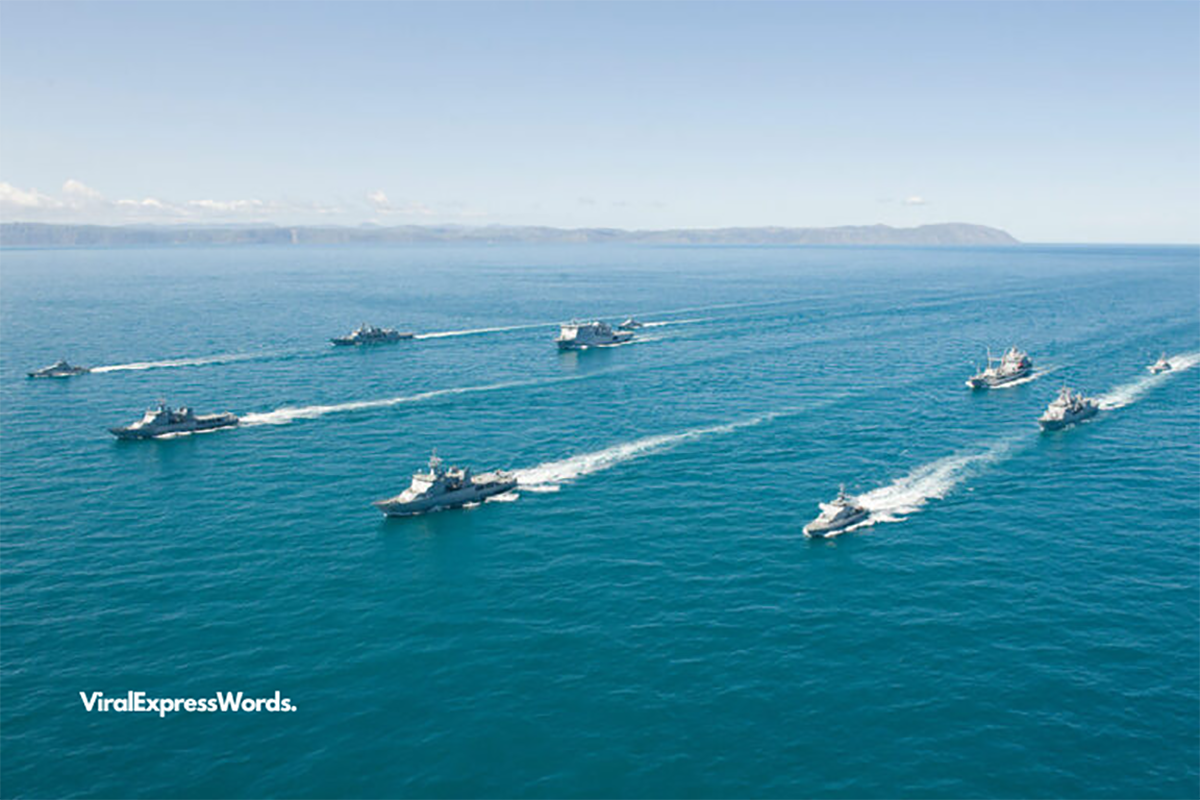![]()
Unveiling the Mysteries of the Philippines and the South China Sea:
Introduction:
In the heart of Southeast Asia lies a region of immense geopolitical significance: the Philippines and the South China Sea. This vast body of water, encompassing various islands, has been a subject of contention, trade, and exploration for centuries. Let’s delve into the depths of its history, geography, and resources.
Etymology:
The term “South China Sea” finds its roots in the historical presence of Chinese navigators and traders in the region. The Philippines, on the other hand, owes its name to the Spanish explorer Ruy López de Villalobos, who named the islands “Las Islas Filipinas” after King Philip II of Spain.
Hydrography:
It covers an area of over 3.5 million square kilometers and serves as a crucial maritime passage connecting the Pacific and Indian Oceans.
Geology:
The Philippine archipelago itself is situated on the Pacific Ring of Fire, resulting in frequent earthquakes and volcanic eruptions.
Islands and Seamounts:
The South China Sea is dotted with numerous islands and seamounts, each with its own unique ecosystem and geological features. From the Spratly Islands to Scarborough Shoal, these landforms play a significant role in territorial disputes and marine biodiversity conservation efforts.
Trade Route:
As one of the busiest maritime trade routes in the world, the South China Sea facilitates the transportation of goods between East Asia, Southeast Asia, and beyond. Its strategic location has made it a focal point for international trade and commerce for centuries.
Natural Resources:
The Philippines and the South China Sea are rich in natural resources, including fish stocks, oil and gas reserves, and minerals. However, the exploitation of these resources has led to environmental degradation and intensified territorial disputes among neighboring countries.
Territorial Claims:
The South China Sea’s territorial claims by China, Vietnam, the Philippines, Malaysia, and Brunei have sparked tension and conflict, involving diplomatic negotiations and occasional military confrontations, affecting various islands and maritime territories.
Conclusion:
The Philippines and the South China Sea hold historical, political, and environmental significance. Understanding their etymology, hydrography, geology, islands, trade routes, natural resources, and territorial claims offers valuable insights into this dynamic region.
Some More Interested Blogs
|
Nostradamus: Exploring His Life, Prophecies, and Cultural Impact |
FAQ’s
What is the body of the Philippines’ claim to the South China Sea?
The Philippines claims sovereignty over certain islands, reefs, and maritime features within its Exclusive Economic Zone (EEZ). This claim, including areas like the Scarborough Shoal and parts of the Spratly Islands, is based on historical presence, geographical proximity, and adherence to international law, particularly the United Nations Convention on the Law of the Sea.
Does the Philippines border the South China Sea?
Yes, the Philippines borders the South China Sea. The country’s western coastline faces the South China Sea, which plays a crucial role in its maritime trade, fishing industry, and national security.
What is the conclusion of the Philippines’ claim on the South China Sea?
The Philippines is advocating for a peaceful resolution to South China Sea disputes through diplomatic negotiations and adherence to international law. Specifically, it aims to recognize its sovereign rights, exercise jurisdiction over its Exclusive Economic Zone, and preserve freedom of navigation.
Why does the Philippines want the South China Sea?
The Philippines seeks control and management of the South China Sea due to its strategic significance in terms of maritime trade, fishing resources, and national security. Additionally, the country aims to protect its sovereign rights and maritime interests in accordance with international law.
What is the issue between China and the Philippines?
The primary issue between China and the Philippines revolves around territorial disputes in the South China Sea. Both countries claim sovereignty over various islands, reefs, and maritime features. Consequently, this has led to tensions and occasional confrontations.
For more information, [ CLICK HERE ]

























Add Comment